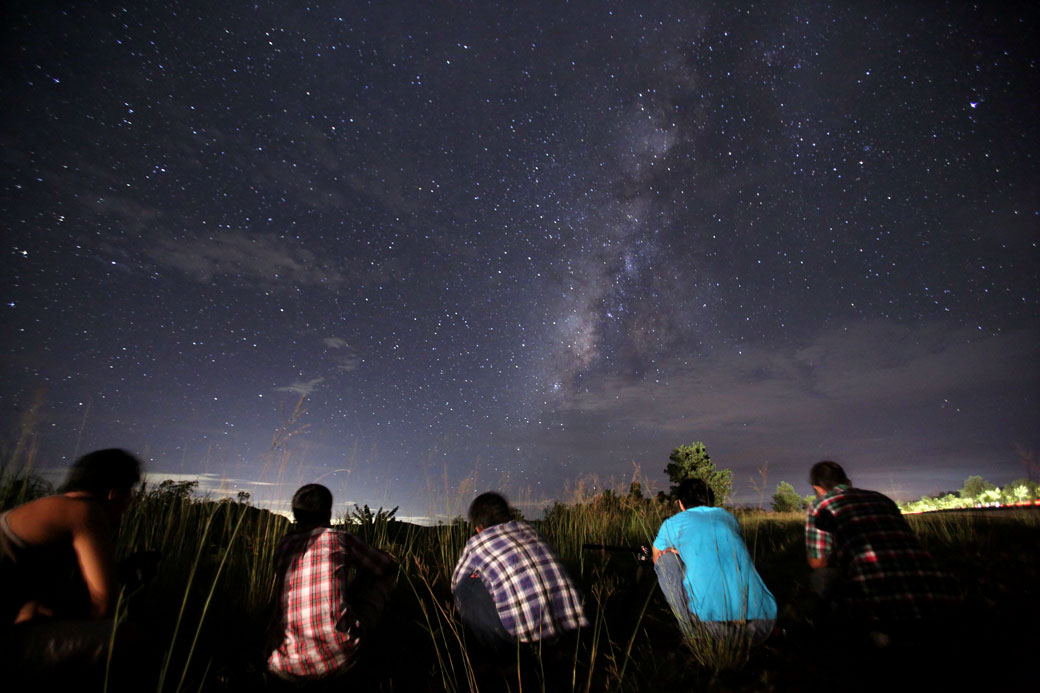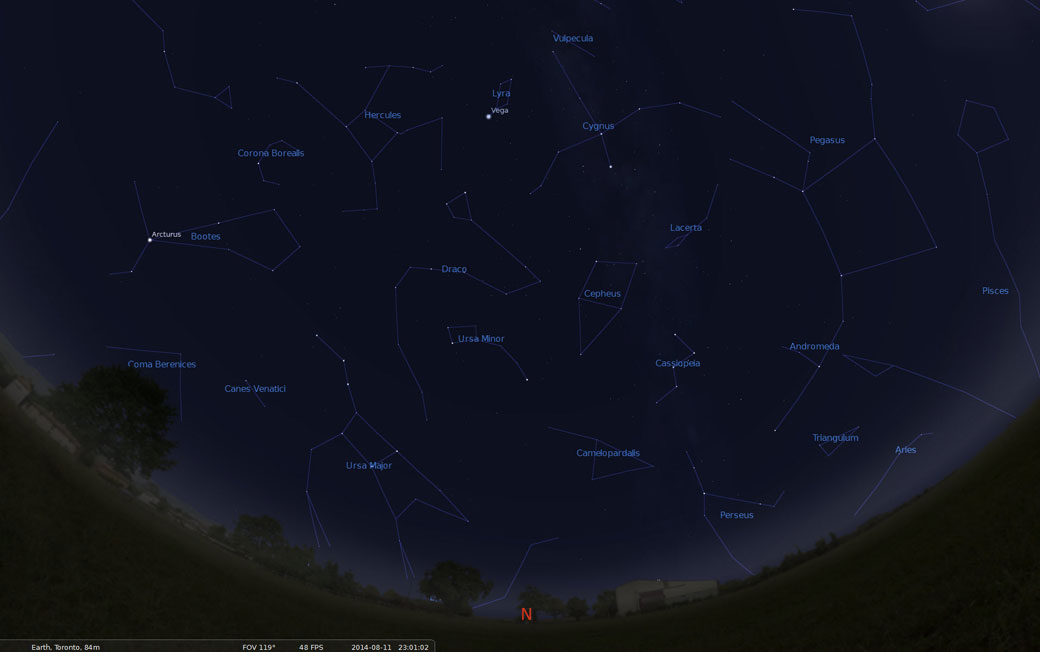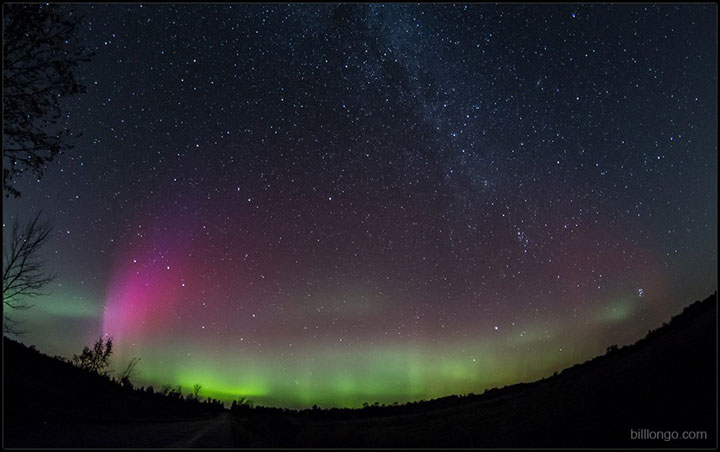TORONTO – This weekend the word “supermoon” was bandied about once again, just a month after the last so-called special moon event.

While it’s great that people are looking up at the night sky, the truth is, the difference between a supermoon and a regular moon isn’t easy enough for you and I to pick out. Sure, it may be 14 per cent bigger and 30 per cent brighter, but if anyone hadn’t told you it was, do you think you would have noticed?
The moon has an elliptical orbit, meaning that at one point in its orbit it’s the furthest it can be from Earth – called apogee – and at one point it’s the closest it can be – called perigee. When it’s at perigee, and in particular when it’s a full moon, people have started to call it a supermoon. But it’s just as special as any other full moon.
READ MORE: Enjoy the supermoon this weekend (but it’s not as ‘super’ as you think)
It’s a great thing that people are looking up at the sky, but you don’t have to wait for an event with a catchy name. There are plenty of good reasons to look up, and summer is the best time to do it in Canada.
1. The Moon
The moon is the nearest celestial body to us, but most people take it for granted, rarely looking at it unless it’s deemed special, such as a lunar eclipse or “supermoon.” But looking at it any time is sure to impress you.
To fully appreciate our nearest neighbour, all you need is a pair of binoculars. Grab any pair – they don’t have to have particularly high magnification – and look at the moon. Instead of a flat orb, the moon is full of craters and ridges that give it so much more depth. Trust me: You will be amazed when you see our moon close up.
2. Meteors
Almost every month we go through a meteor shower, but meteors are visible every night. Tiny bits of dust or rock burn up in our atmosphere producing a meteor, or shooting star, as some call it. All you need is a relatively dark-sky site, a lawn chair or blanket. Moonless skies are also preferable as it’s easier to spot even dim meteors.
3. Space junk

Get breaking National news
Earth is surrounded by literally tons of human-made debris. From telecommunications satellites, GPS or military satellites, or even spent rocket parts, Earth-orbit is a very busy place. There is also something called an Iridium flare. There are about 100 Iridium communications satellites that orbit Earth, just about 800 km above us in a steep, inclined orbit. When the sunlight glints off them, they flare in brightness before once again dimming. And they are very bright when they flare.
There is also the International Space Station. Depending on its orbit, you can catch this space laboratory as it slowly crosses the sky. Depending on the angle of the sun which reflects off it, it can be very bright to bright. To see when it passes over your area, visit www.heavens-above.com (it will also provide you dates and times for Iridium flares).
4. Learn the night sky
Do you know if Orion is a summer or winter constellation? Do you know what Cassiopeia looks like? What about Pegasus? Learning the night sky can be a fun family experience. You can even go out and make up your own constellations.
And the great thing is, you can be doing three of the things on this list (including catching a meteor or following a satellite) just by learning the night sky.
You can find some great apps that will help you in your quest to identify constellations and visible planet such as Stellarium, StarWalk or SkySafari available on iPhone and Android.
5. The northern lights
This may be somewhat rare, but Canada is in a prime location to see the northern lights, or aurora borealis.
Northern Lights – Feb 19 & 20, 2014 from Richard Gottardo on Vimeo.
Northern lights occur after the sun unleashes a solar flare, a coronal mass ejection or both. When those charged particles arrive at Earth and interact with our magnetic field, the night sky is set aglow in colours, the most common being green and red. The further north you are, the better chance you have to see them. But during very strong eruptions they can be seen even through light pollution, though sometimes they’re so faint only a long-exposure (20 seconds or more) of a camera will capture their colour. Still, living in the shadow of Toronto, I’ve seen them on numerous occasions.
So, who needs a supermoon? In a country as vast and northerly as Canada, there is plenty of opportunity to catch some spectacles of the night. And with colder weather slowly sneaking up on us, summer is the best time to take advantage of it.







Comments